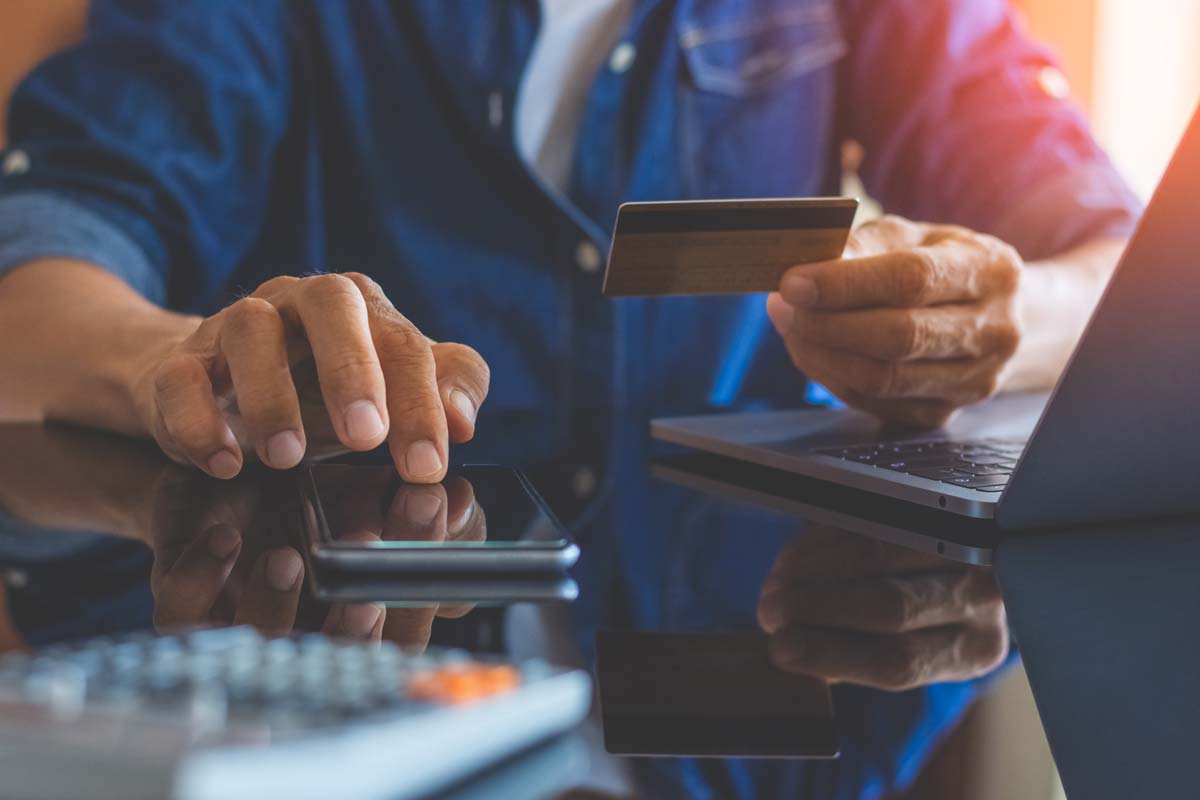What is Overdraft Protection?
Overdraft protection is a type of loan offered by a financial institution that ensures that your transactions clear, even if there aren’t enough funds in the account. This is done by linking two accounts. Your financial institution will automatically transfer funds from one account to cover the overdraw of funds in the other. This safety net will allow the transaction to go through up to a set amount but will result in an overdraft transfer fee.
Potential Pitfalls
While having overdraft protection on your account can be beneficial in ensuring that your transactions go through, there can be some problems when it comes to relying on it too much.
Fees
The cost of utilizing overdraft protection is an important component to be considered. Each time your account is overdrawn, you’ll receive a fee. The fees involved will be dependent on your institution. You also may have to pay interest on the amount that has been overdrawn.
Overdrawing Your Account
Even with overdraft protection, it is still possible to overdraw your account. This can result in a negative balance on your account. You’ll still be responsible for paying the fees associated with the transaction and any potential fees for the negative balance.
Tips for Overdraft Protection
Overdraft Protection can be a helpful resource if utilized responsibly. Here are some tips to help you stay responsible:
Use for Emergencies
Keep the perspective that your overdraft protection is available to help in emergencies rather than regularly utilizing it for purchases and transactions. This can help you avoid unnecessary fees and costs and help you recognize that the service provides a safety net for when you need it.
Stick to a Budget
Setting and utilizing a budget can be a great way to ensure that you do not overdraw from your account unnecessarily. By budgeting and accounting for the funds that you do have, it will be much easier to avoid overspending. As an added bonus, budgeting can also help you build up your savings.
Keep Funds in Your Checking Account
Keeping enough funds in your checking account to cover those unexpected costs can help you avoid overdrawing from your account unnecessarily. If you’re wondering how much money you should be keeping in your checking account, be sure to use this helpful guide.
Keep Tabs on your Account
The best way to guarantee that you don’t overuse overdraft protection is to keep track of the funds in your account. Utilize mobile and online banking to help verify that you have the funds available for a transaction or even to transfer the funds between accounts.
Overdraft protection can be a great tool and safety net to ensure that your transactions will process, especially if you understand any associated fees and utilize it responsibly.



